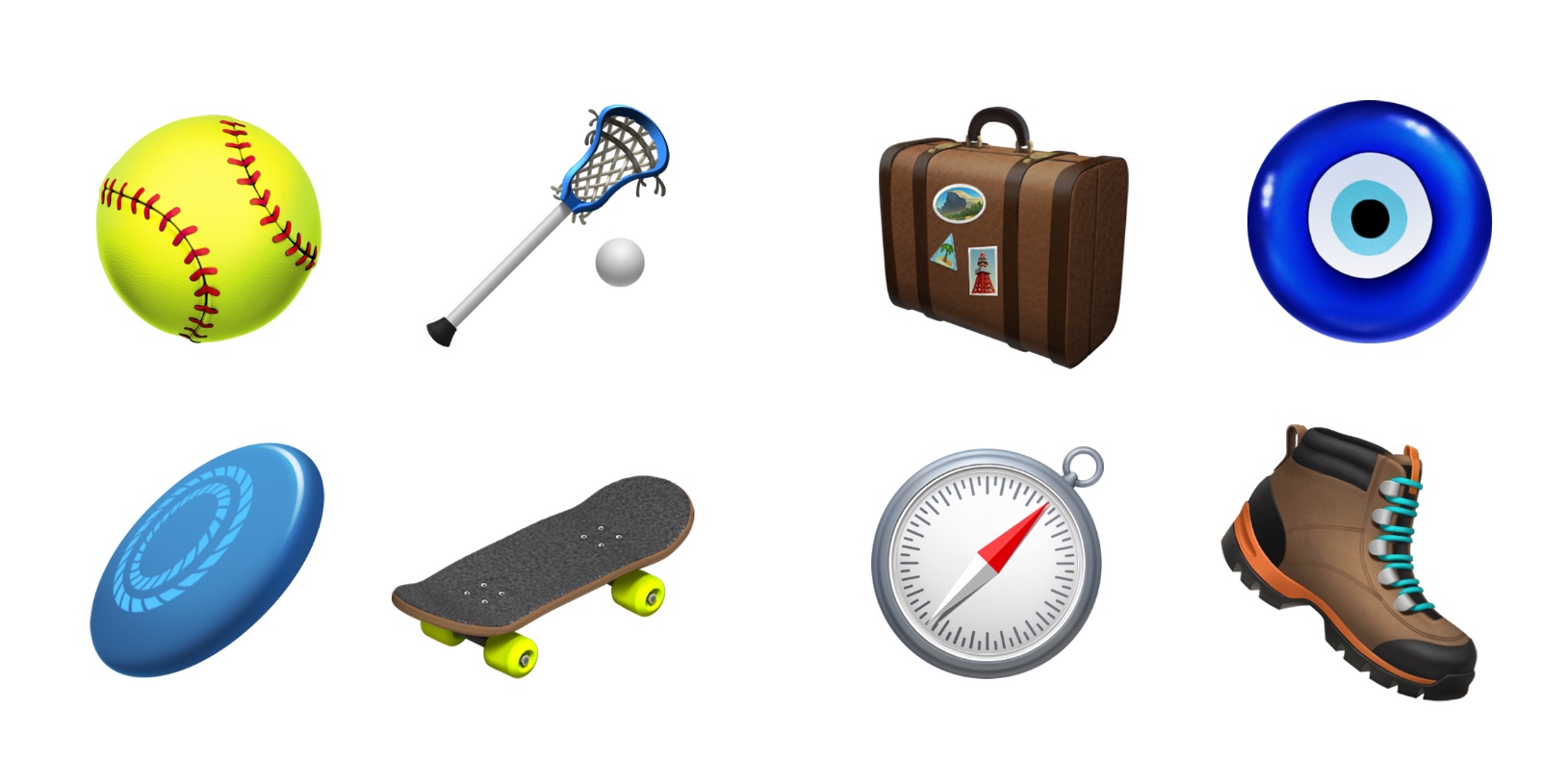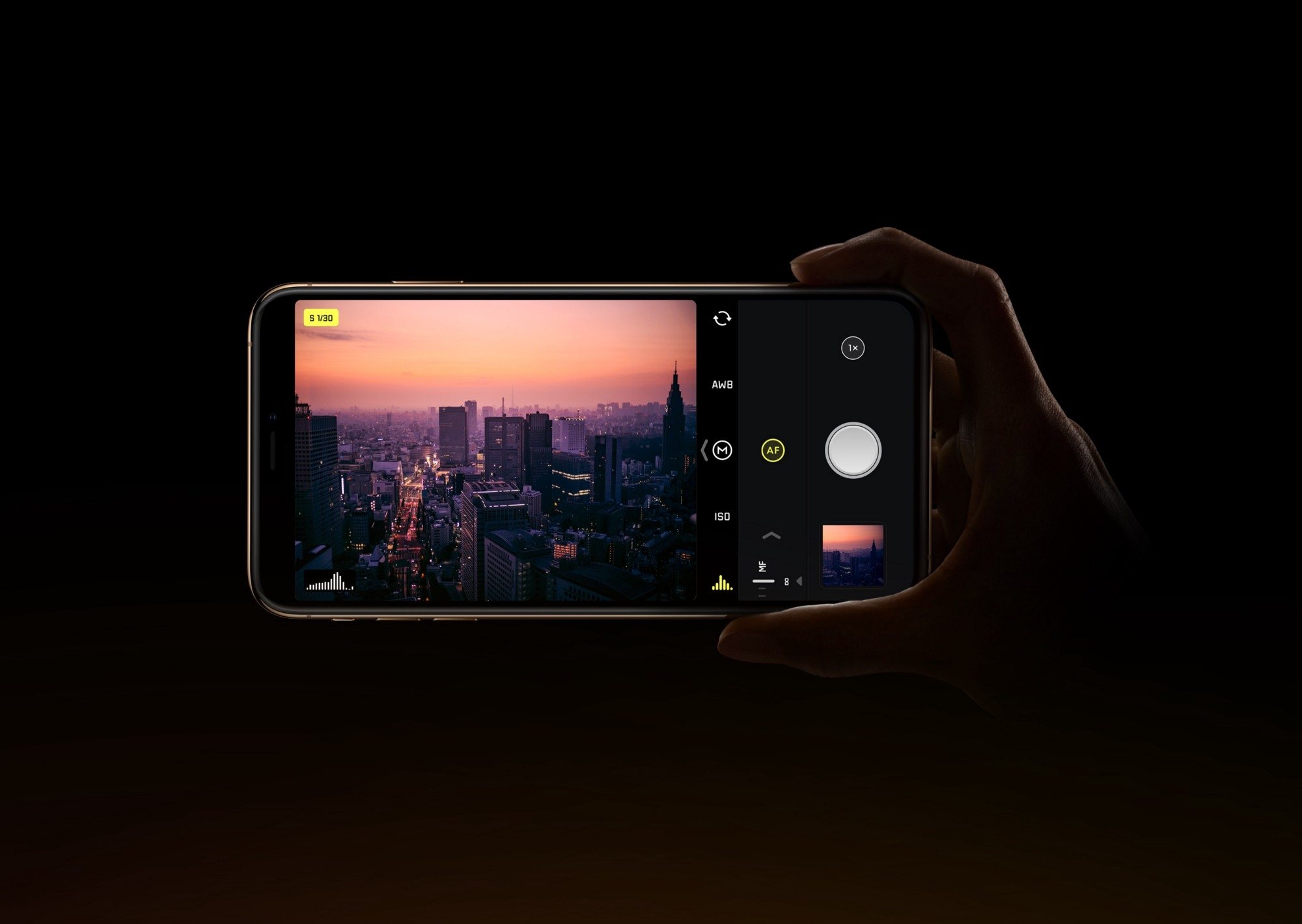Today Genius, the online music encyclopedia, shared word of a new partnership it has formed with Apple – more specifically, with Apple Music. From the company’s announcement post:
Starting today, Apple Music subscribers who visit Genius will be able to play any song in full right from the song page, simply by signing into their Apple Music account.
Genius is a great place to find historical information about a song, so the ability to play any track without leaving Genius makes for a great user experience. Embedded Apple Music tracks is only one half of this partnership though. Even if you’ve never used Genius, you’re bound to benefit from this agreement because of a second piece of news. The announcement post continues:
Genius has the world’s best lyrics database and now it’s available on Apple Music. Genius will provide lyrics to thousands of hit songs on the service—bringing world-class accuracy and timeliness powered by Genius’s global community of artists and fans.
It’s unclear at this time whether the addition of Genius lyrics to Apple Music will bring lyrics to songs that previously didn’t have any, or simply more accurate lyrics to songs that already have them. Hopefully both benefits are in store for Apple Music users.
In the first couple years of Apple Music’s life, the service didn’t strike very many partnerships with third-party businesses. That appears to be changing this year, with the recently completed acquisition of Shazam, free service offers for Verizon wireless customers, and now Genius integrations, Apple is extending its service in new ways to better compete with Spotify.













